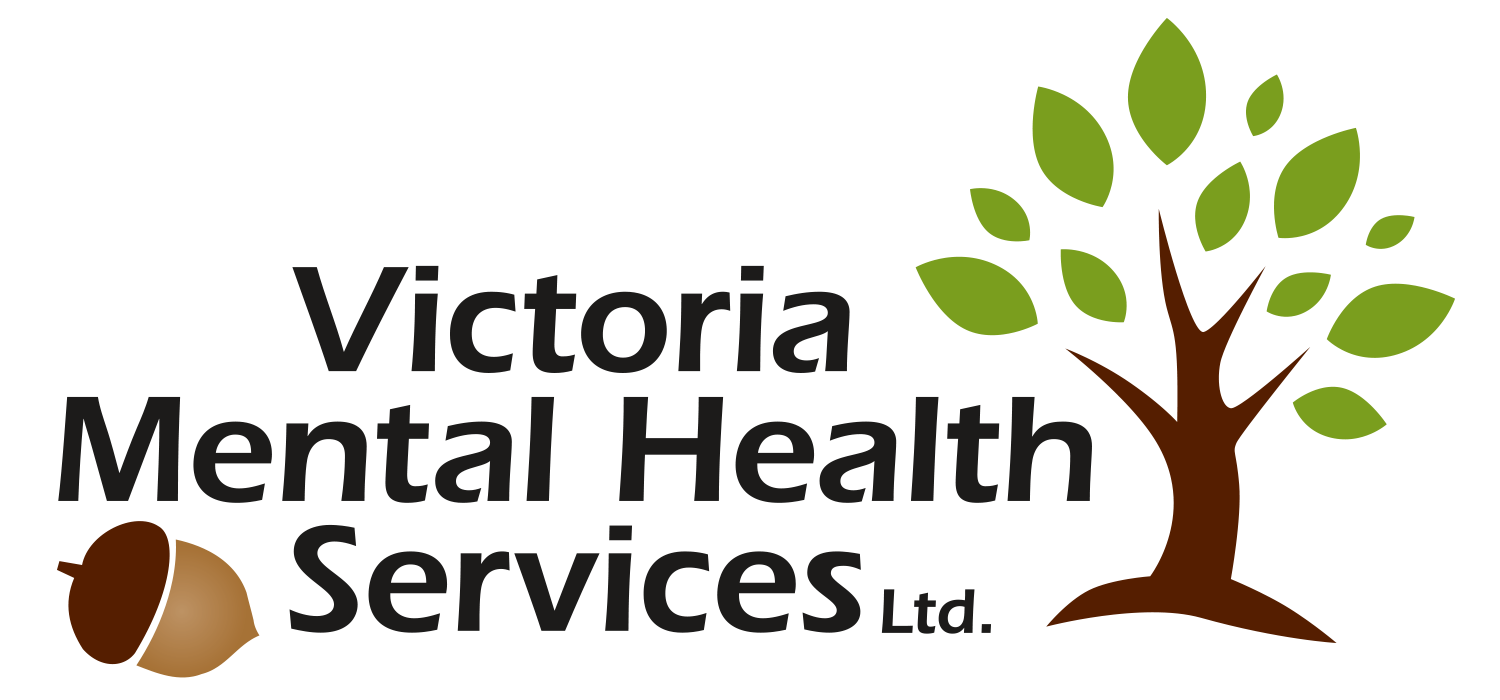I’ve heard about ART – Accelerated Resolution Therapy...it sounds great, but what can I expect and how is it different from EMDR?
Below is a brief description of Accelerated Resolution Therapy from the creator of ART – Laney Rosensweig, MS, LMFT. Here is a link to the full description: https://erasetraumanow.com
Acceleration Resolution Therapy (ART) is a unique approach to psychotherapy. ART is unique because the ART therapist/clinician guides the client to replace the negative images in the mind which can cause the symptoms of Post-Traumatic Stress with positive images of the client’s choosing. Many times, this can be done quickly. Many times, within one session. Once the negative images have been replaced by positive ones, the triggers clients experience are gone. Nightmares and repeated intrusive thoughts will cease.
Some of the growing body of research that shows ART can do this can be found by clicking the following link: https://acceleratedresolutiontherapy.com/evidence-based/. ART is recognized as an evidence-based therapy by the Society of Clinical Psychology, Div. 12 of the American Psychological Association.
ART is also unique in that it combines the enormous power of eye movements to allow voluntary changes in the client’s mind with well-established therapies such as Gestalt, Psychodynamic Therapy and Guided Imagery. Within the ART protocol, the eye movements, along with other ART enhancements, make the therapeutic process work faster and more effectively.
Greg is a certified Accelerated Resolution Therapy clinician.
Which is the Better Therapy option for Me – EMDR or ART?
Many people have heard of both EMDR therapy and ART – Accelerated Resolution Therapy but are unsure which therapeutic option will work best for them. Here are some differences to aide you in determining which is the better choice for you. The following are notable differences observed between these two trauma therapies are noted. It is acknowledged that BOTH therapies continue to evolve and improve to better treat/resolve trauma. Further, no clinician knows everything and so there are likely techniques/tools not cited here for both therapies that this writer does not possess as treating client’s trauma issues is complex and a life-long learning process for clinicians in order to successfully treat client’s trauma/s.
EMDR Distinct differences that separates this therapy from ART therapy
Less focus on the details of the trauma is needed in order to process the target/s.
When the trauma memory is activated in the sub-cortical region of the brain,
Multiple memories can be processed because memories are linked or connected there.
More focus on containment in EMDR with tools such as “Safe Container”,
Safe/Calm place and EMDR provides tools that are readily available to titrate/reduce the intensity of the traumatic memories/incidents that are being processed such as the “Flash Technique” which reduces exposure time the memories/images being processed. “Crack in the wall” imagery is also effective in reducing the intensity of the trauma being processed.
Resourcing tool – which is like a software update for your brain to increase resiliency to weather the ups & downs of daily life and is a great precursor to processing trauma memories.
Future template work – which allow clients to process stressful, anxiety provoking events which have not yet occurred.
Distinct differences in ART therapy that are notably unique from EMDR therapy
ART differs from EMDR in that there is more emphasis on emotions and image work – specifically replacing negative images with positive images. EMDR focuses more on changing the negative cognitions or beliefs to positive ones.
ART empowers clients by letting them choose what is process and how long the trauma, body memories, emotions, etc. are processed whereas in EMDR therapy the clinician directs more so the processing and clients have less input/say where the processing goes.
ART therapy empowers clients as stated above by giving the client a voice and more options in what actually gets processed during the session. Clients are presented with more choices about processing memories, body sensations, emotions – like a diagnostic schematic to problem solve the electronic module on your furnace, clients are presented with choices to process what is coming up in their brain and their bodies which is empowering for clients during each step of the process.
ART moves fast and many items identified to process with ART can be processed & resolved in 1-2 sessions.
Bi-lateral stimulation (in most cases Eye movements) helps to calm the client as the processing quickly resolves body memories associated with the trauma the client is experiencing.

